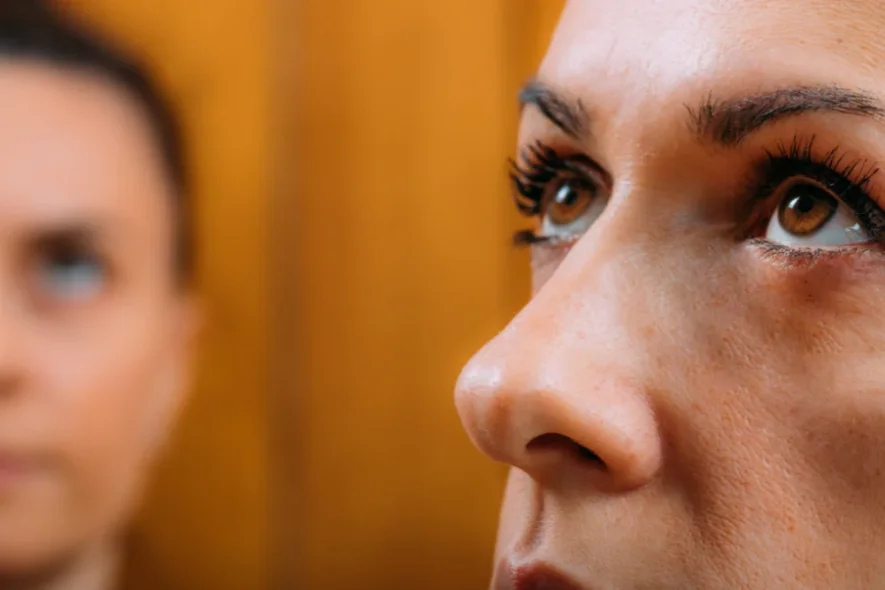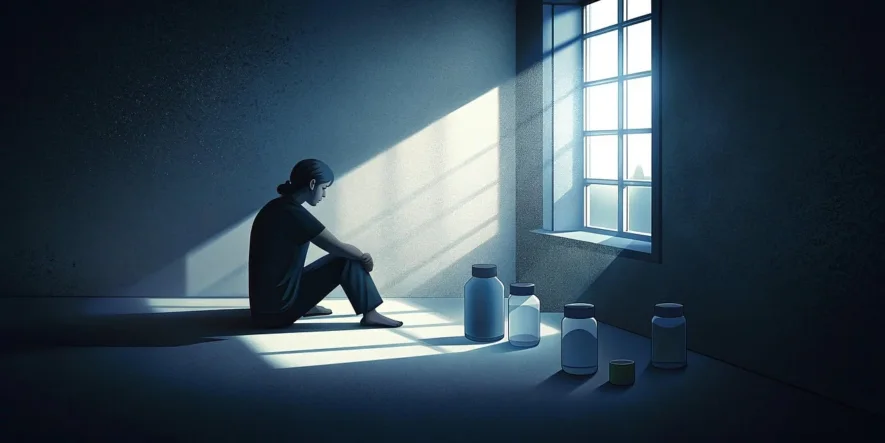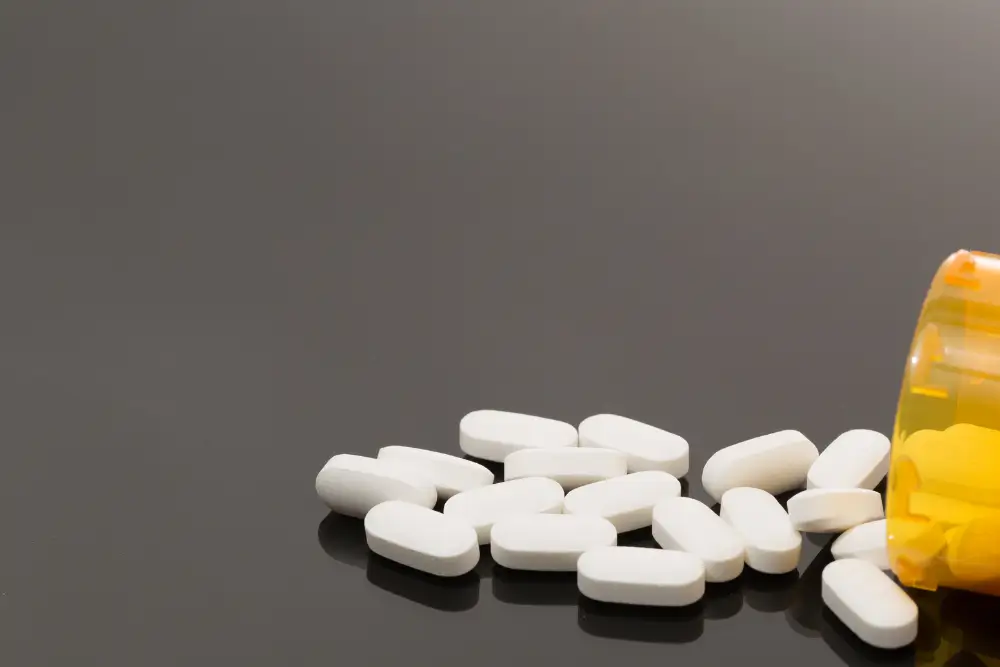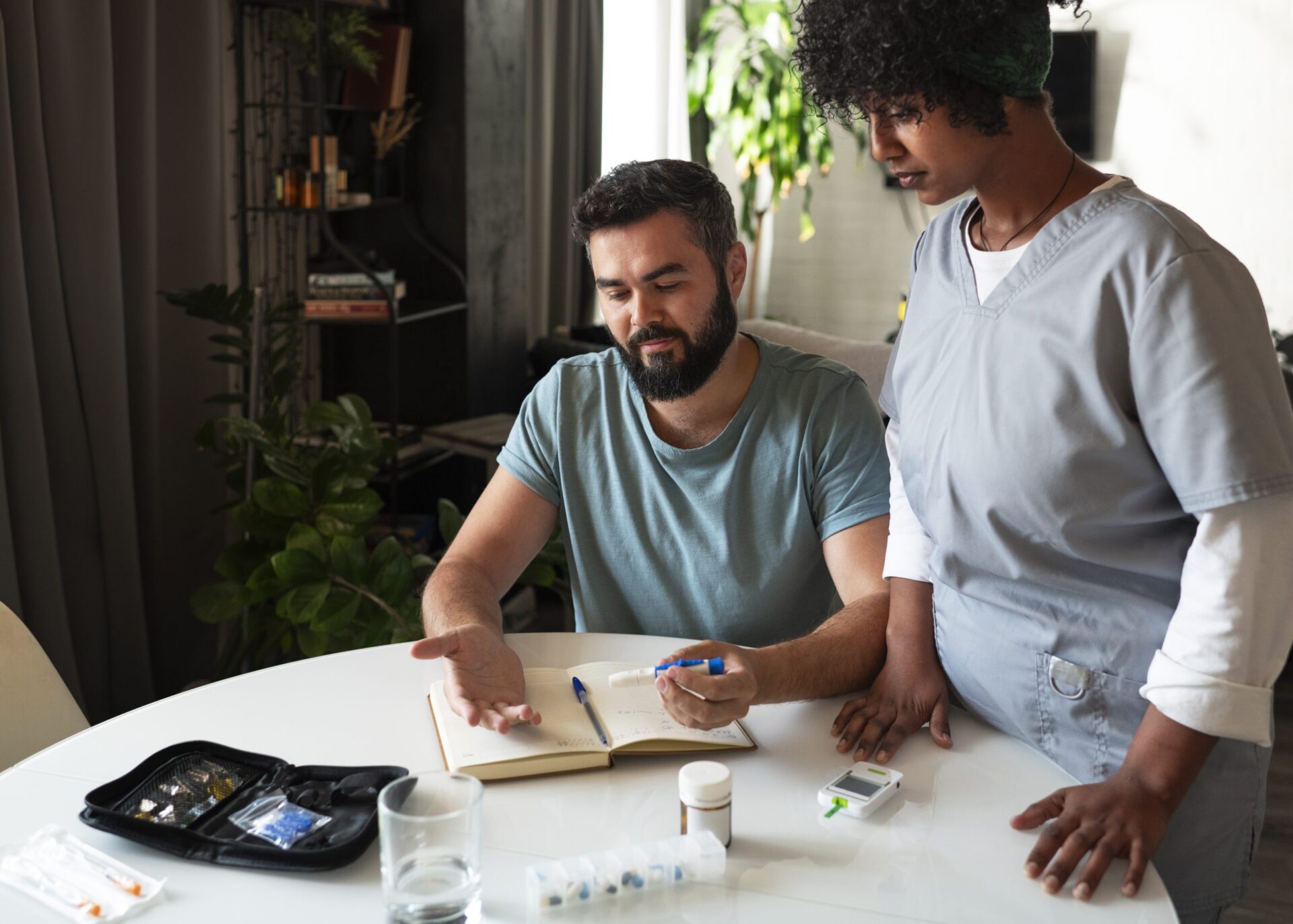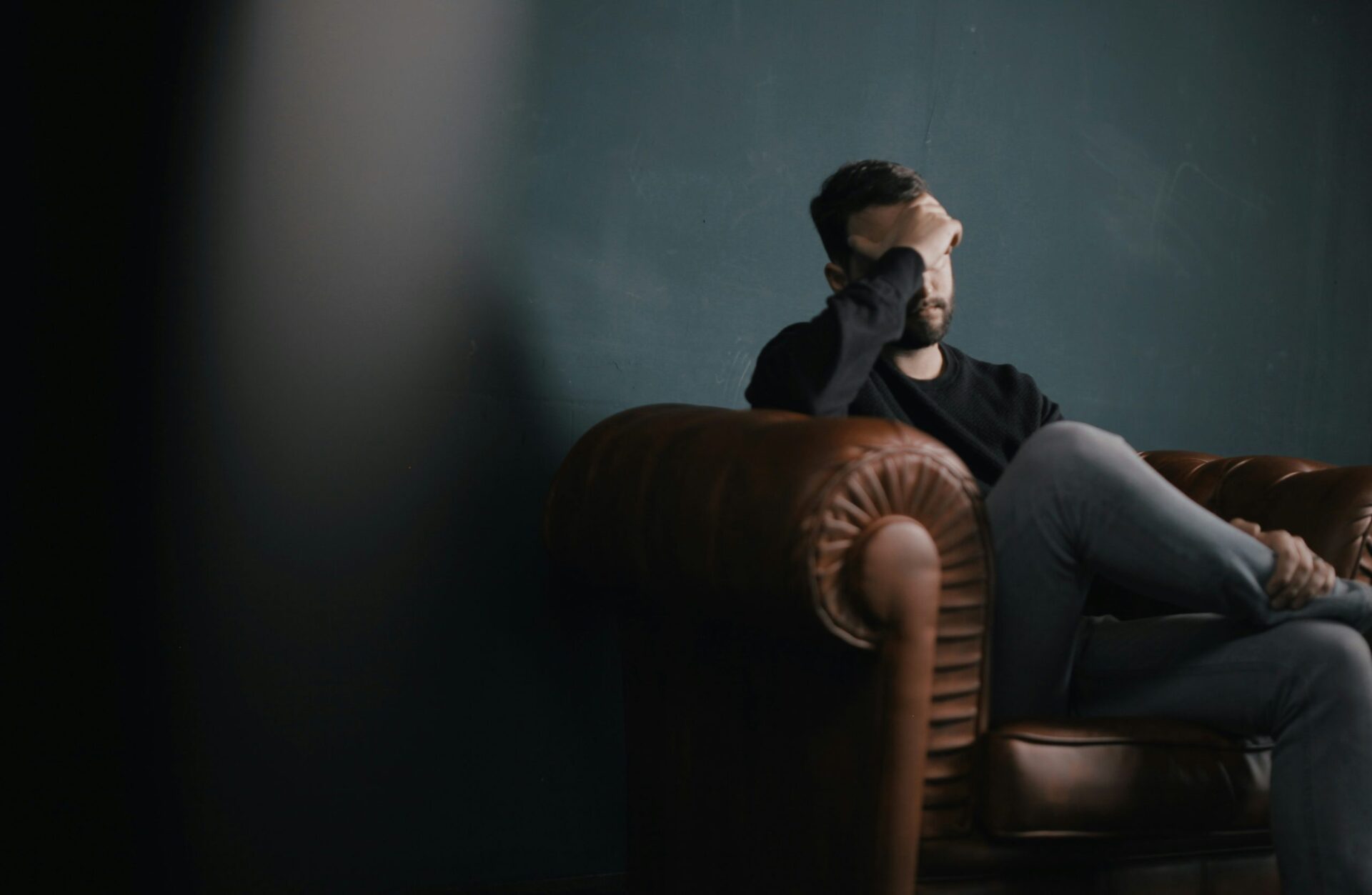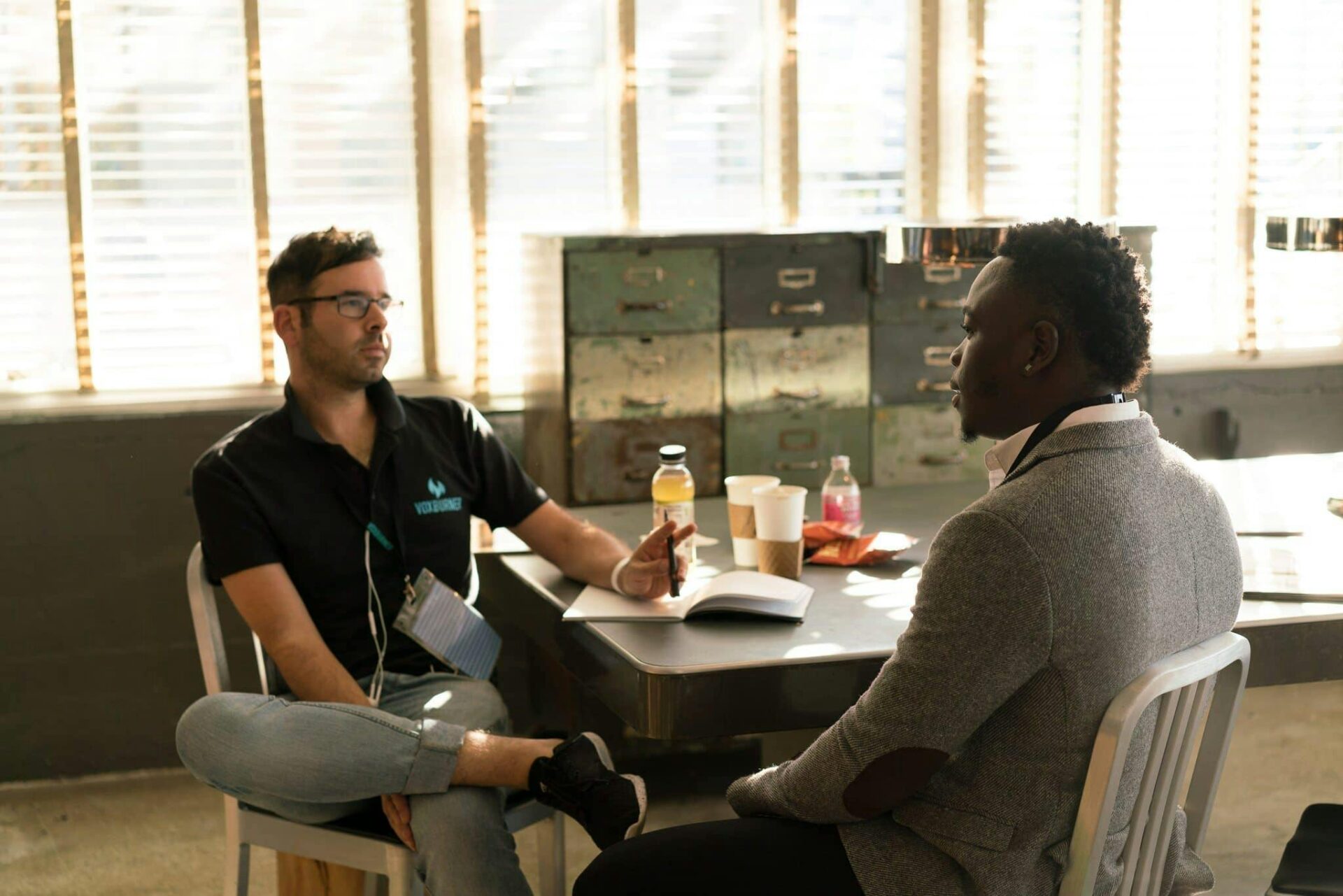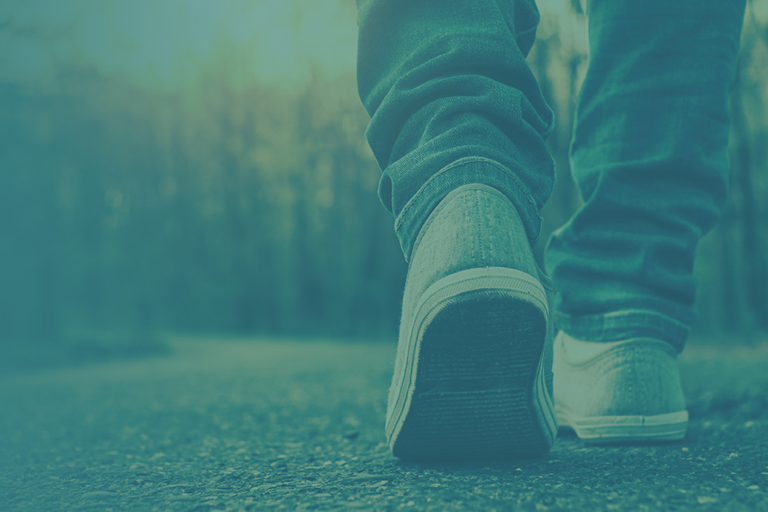Understanding what goes on in rehab can help ease uncertainty and build confidence in your decision to seek help. Drug rehab programs are designed to provide structure, support, and a safe environment where you can focus fully on healing. At Wellbrook Recovery, everything from detox and therapy to group sessions and personal growth activities is carefully planned to guide you toward lasting recovery.
Table of Contents
- Key Takeaways: What Does Rehab Look Like?
- Understanding What Happens in Rehab
- Adjusting to Your First Days of Recovery
- What Does a Day in Rehab Look Like
- Adjusting to Life in Rehab: Common Challenges and Solutions
- Embracing a New Sober Lifestyle Post-Rehab
- Frequently Asked Questions About What Drug Rehab is Like
Key Takeaways: What Does Rehab Look Like?
- Drug rehab follows a structured daily schedule that balances therapy, meals, personal time, and reflection.
- Treatment programs combine evidence-based therapies like CBT, DBT, REBT, IFS and EMDR with creative activities and peer support
- Most residential programs include morning meditation, multiple therapy sessions, skills groups, and evening wind-down routines.
- Family therapy is regularly integrated to rebuild relationships and improve communication.
- Aftercare planning begins during treatment to support long-term recovery success
Understanding What Happens in Rehab
Drug rehabilitation is a comprehensive treatment approach designed to help people overcome substance use disorders and build sustainable recovery. The primary goal is to address both the physical dependence on substances and the underlying psychological factors that contribute to addiction.
At Wellbrook Recovery, treatment programs focus on creating a safe environment where residents can heal, learn new coping strategies, and develop the skills they need for long-term sobriety. According to the National Institute on Drug Abuse, research-based treatment approaches significantly improve outcomes for people struggling with addiction.
Adjusting to Your First Days of Recovery
The first few days of treatment set the foundation for recovery. New residents undergo an intake process that includes medical assessments, meetings with clinical staff, and an orientation to the facility’s structure and expectations.
During this initial phase, residents meet their treatment team, which typically includes therapists, medical professionals, case managers, and peer support specialists. The clinical team creates an individualized treatment plan based on each person’s specific needs, substance use history, and recovery goals.
Most people find that having a clear schedule and knowing what to expect helps reduce anxiety about starting treatment. The structured environment at Wellbrook Recovery provides consistency while still allowing for personalized care based on individual progress and needs.
What Does a Day in Rehab Look Like
Treatment at Wellbrook Recovery follows a balanced daily routine that combines therapeutic activities, processing emotional and mental health struggles, life-skills-building sessions, personal reflection time, sober outings, and community involvement. This structure serves a specific purpose: consistency helps residents establish healthy habits and routines they can maintain after leaving treatment.
The daily schedule includes evidence-based therapies, holistic therapies and relaxations, creative activities, physical wellness, and time for rest and reflection. While the framework remains consistent, clinical staff adjust individual activities based on each client’s treatment plan and progress.
While daily schedules can obviously vary somewhat from day to day due to various factors and events as well as from one Wellbrook facility to another and are not set in stone, the official schedule serves as a good outline for understanding the general concept of a typical day in rehab.
People may have many different ideas about what treatment is like, but here’s a general idea of what happens in rehab at Wellbrook Recovery.
Morning Routines: Starting a Day of Recovery Right
6:30-7:00 AM: Wake Up and Personal Hygiene
Mornings start with personal care time. Residents wake up, shower, and prepare for the day ahead.
7:00-7:30 AM: Medication Distribution and Making Beds
Medical staff distribute any prescribed medications during this time. Residents also make their beds, reinforcing personal responsibility and self-care habits.
7:30-8:00 AM: Morning Meditation
The day begins with guided meditation or mindfulness practice. This grounding activity helps residents center themselves before the day’s therapeutic work. Many residents report that starting with meditation helps them approach therapy sessions with more clarity and openness.
8:00-8:45 AM: Breakfast and Room Clean-Up
Breakfast is served in the communal dining area. Meals provide nutrition and create opportunities for social connection with peers. After eating, residents return to their rooms for a quick clean-up or phone call before morning programming begins.
Therapeutic Activities: Engaging in Healing Practices at Rehab

9:00-10:15 AM: Group Therapy Session
The first therapy block focuses on core treatment modalities. Sessions might cover Dialectical Behavior Therapy (DBT), Cognitive Behavioral Therapy (CBT), motivation enhancement, mindfulness practices, or coping skills development.
Group therapy creates space for residents to learn from each other’s experiences while practicing new skills in a supportive environment. According to research from SAMHSA, group therapy is one of the most effective components of addiction treatment.
10:15-10:30 AM: Personal Time
A short break allows residents to use the restroom, grab water, or simply decompress between sessions.
10:30-11:30 AM: Group Therapy Session
The second morning therapy block addresses specific challenges in recovery. Topics include identifying triggers, understanding family systems, developing emotional regulation skills, and improving communication patterns.
11:30 AM-12:00 PM: Homework and Reflection
Residents spend time working on therapeutic assignments, journaling about insights from the morning sessions, or preparing for afternoon activities. This quiet reflection time helps reinforce concepts learned during therapy.
Lunch in Rehab and Midday Reset

12:00-12:45 PM: Lunch and Personal Time
Midday brings another meal and a longer break. Residents eat together, rest in their rooms, make phone calls during designated times, or spend time outdoors if the weather permits. This break provides necessary downtime between the intensive morning therapy sessions and afternoon programming.
Building Life Skills at Rehab and Emotional Support
1:00-2:15 PM: Skills Group
Afternoon programming introduces specialized skill-building activities. These sessions rotate and might include nutrition education, 12-step program introduction, art therapy, SMART Recovery principles, or music therapy.
Creative therapies offer alternative ways to process emotions and experiences. Many residents discover that expressing themselves through art or music opens channels of healing they didn’t know existed.
2:15-2:30 PM: Personal Time
Another short break provides time to transition between activities.
2:30-3:30 PM: Group Therapy Session
The afternoon therapy block typically focuses on relapse prevention strategies, education about chemical dependency and brain changes, and reinforcement of coping mechanisms learned earlier in treatment.
3:30-5:00 PM: Individual Therapy Sessions
This time is reserved for one-on-one appointments with various members of the treatment team. Residents might meet with their primary therapist for individual counseling, see the medical doctor for health monitoring, or work with their case manager on aftercare planning and practical matters like housing or employment, all individual sessions and their team members are custom tailored to the individual’s needs.
Individual therapy provides personalized attention and allows residents to address and work through specific issues they might not feel comfortable discussing or are too complex in group settings.
Evenings in Rehab: Community and Reflection
5:00-5:45 PM: Dinner and Personal Time
Evening meals offer another opportunity for community connection. Residents share dinner, then have time to relax, make phone calls, or prepare for evening activities.
6:00-8:00 PM: 12-Step Meeting or Exercise Group
Evenings include either a 12-step meeting (AA, NA, or similar) or a structured exercise group. Physical activity supports overall wellness and helps manage stress and anxiety. Many facilities, including Wellbrook Recovery, bring in outside 12-step groups so residents can start building connections with the recovery community they’ll rely on after treatment.
8:00-8:30 PM: Goal Review Group
Residents meet to review daily goals, discuss progress, and set intentions for the next day. This accountability practice helps track growth and identify areas that need more attention.
8:30-9:30 PM: Chores and Recreational Activities
Evening chores teach responsibility and contribute to the community environment. After completing assigned tasks, residents can participate in recreational activities like watching movies, playing games, or socializing with peers.
9:30-10:00 PM: Journaling
The day winds down with personal journaling time. Writing about experiences, emotions, and insights helps process the day’s therapeutic work and track progress over time.

10:00-10:30 PM: Medication and Evening Wind-Down
Evening medications are distributed. Residents prepare for bed with personal hygiene routines.
11:00 PM: Lights Out
Rest is part of recovery. Adequate sleep supports physical healing and emotional regulation.
Outings and offsite activities during rehab
We believe that addiction recovery should be fun and relaxing, at least as much as possible. So, while each individual undergoes a personal thorough reset and renewal through intensive internal work, it is important that they feel upbeat and relaxed with positive energy. Outings at Wellbrook Recovery help provide that energy and freshness.
Many of the outings also serve as a critical form of exposure therapy, helping individuals practice having fun in certain triggering situations without the substances they would typically turn to then and there. It also helps identify specific triggers or unprocessed emotions that may still be lingering more than anticipated and enables us to work through those properly.
Our outings take place usually a few times each week in the afternoons and include a range of outdoor and indoor activities, including some more fun or recreational focused and others more relaxing and interesting. There’s always something nice and entertaining for everyone and the group comes back truly invigarated.

Family Therapy in Addiction Treatment: Healing Relationships
Family therapy sessions are scheduled regularly throughout treatment, though not necessarily every day. These sessions address the impact addiction has had on family relationships and work to rebuild trust and improve communication.
In our experience at Wellbrook Recovery, involving family members in the treatment process strengthens recovery outcomes. Family therapy helps loved ones understand addiction as a disease, learn how to support recovery without enabling, and begin healing from the pain addiction has caused.
Free Time: Balancing Relaxation and Structure in Rehab
Throughout the day, residents have several short personal breaks built into the schedule. These typically occur late morning (10:15-10:30 AM), after lunch (part of the 12:00-12:45 PM block), mid-afternoon (2:15-2:30 PM), and before dinner (part of the 5:00-5:45 PM time). All that besides for the designated 8:30-9:30 PM: Chores and Recreational Activities time.
These breaks serve an important purpose. Residents can rest, reflect on therapy content, make phone calls during designated times, or engage in healthy leisure activities such as reading or spending time outdoors. The breaks prevent burnout while maintaining the overall structure that supports recovery.
Adjusting to Life in Rehab: Common Challenges and Solutions
The first week of treatment brings its own set of challenges. Many residents find it difficult to adapt to a structured schedule, especially if their addiction involved chaotic or unpredictable daily patterns.
Physical withdrawal symptoms can make the initial days uncomfortable. Medical staff at Wellbrook Recovery monitor residents closely during this period and provide medications when appropriate to manage withdrawal safely.
Being away from home, family, and normal routines takes adjustment. Clinical staff recognize these challenges and provide extra support during the early days of treatment. Many residents report that after the first week, the routine starts feeling more natural and they begin appreciating the structure.
Staff members guide each person through these initial hurdles and create a safe environment where residents can focus entirely on healing without outside distractions or stressors.
Embracing a New Sober Lifestyle Post-Rehab
Treatment doesn’t end when residential programming finishes. Aftercare planning begins early in treatment and continues through discharge.
Wellbrook Recovery’s aftercare options include outpatient programs, alumni support groups, ongoing individual and group therapy, and connections to community resources. The structured daily rhythm learned during residential treatment provides a framework residents can adapt for life after rehab.
Many people continue attending 12-step meetings, maintain regular therapy appointments, and stay connected with the recovery community they built during treatment. According to the National Institute on Drug Abuse, ongoing support and treatment significantly reduce relapse rates.
The routines established during rehab (morning meditation, journaling, regular meals, exercise, and structured sleep schedules) become tools for maintaining sobriety in everyday life.
The Transformative Experience of Drug Rehab
Each component of the daily schedule at Wellbrook Recovery serves the larger goal of sustainable recovery. The structured routine might feel rigid at first, but most come to appreciate how it removes chaos and creates space for healing. Rehab offers a complete framework for rebuilding life, relationships, and self-worth. The daily schedule in rehab becomes the foundation for a healthier, more fulfilling future.
If someone in your life is struggling with addiction, reaching out to Wellbrook Recovery can be the first step toward transformation. Contact our admissions team to learn more about our programs.
Frequently Asked Questions About What Drug Rehab is Like
What is the admission process for rehab like?
Admission starts with a phone assessment to determine the appropriate level of care. Once accepted, clients complete intake paperwork, medical screening, and assessment interviews. The clinical team reviews this information to create an individualized treatment plan. Orientation includes a facility tour, introduction to staff and peers, and review of rules and expectations.
What do you do in drug rehab?
Drug rehab is a structured program designed to help individuals overcome substance dependence and achieve long-term recovery. It involves medical, psychological, and social support to address both the physical and emotional aspects of addiction. Treatment typically includes medically guided detoxification, counseling (individual and group), behavioral therapy, stress management and life skills, and relapse prevention strategies, all aimed at restoring a healthy and substance-free lifestyle.
Will I be allowed to contact my family while in rehab?
Most facilities allow phone calls and access to personal devices during designated times. Wellbrook Recovery of Wisconsin allows full access to personal devices so long as that is not interfering with recovery progress, while the Ohio program has a stricter approach to personal devices due to the nature of the smaller, more immersive programming Wellbrook Recovery provides there. Many programs, including Wellbrook Recovery, also schedule family therapy sessions and allow family visits on specific days. These policies balance the need for residents to focus on recovery with the importance of maintaining supportive family connections.
What should I bring with me to rehab?
Essentials include comfortable clothing for about a week, toiletries, any prescribed medications (in original containers), insurance information, and identification. Wellbrook Recovery provides a specific packing list during the admission process. Items typically not allowed include valuables, electronics, alcohol, drugs, and certain personal care products containing alcohol.






